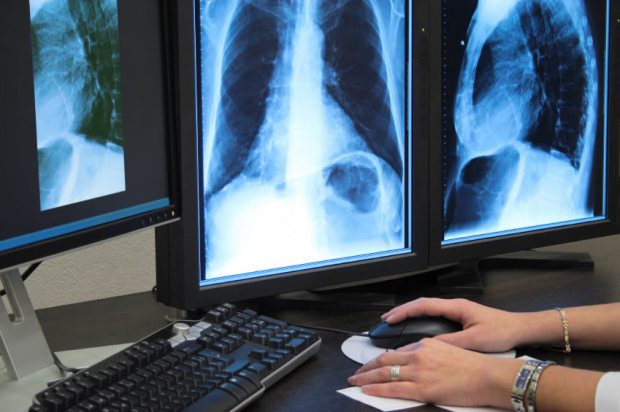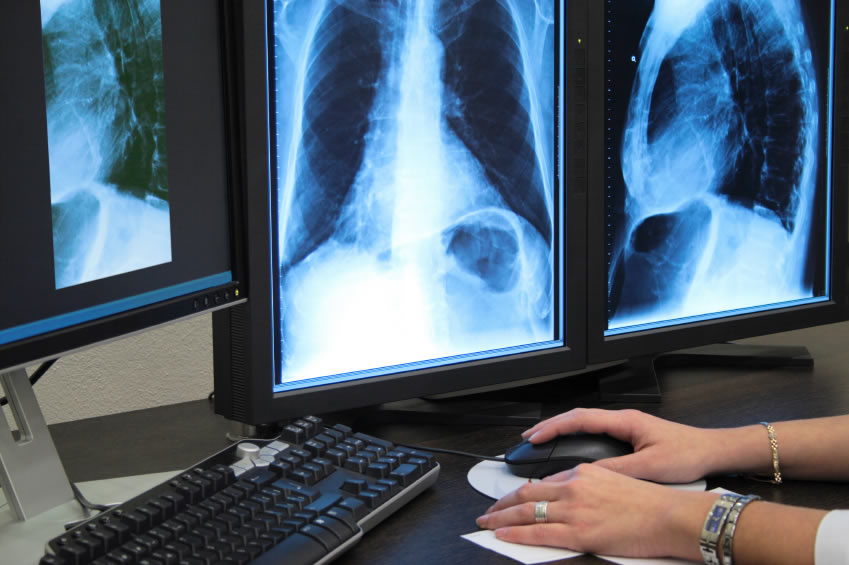You’ll be glad to know that modern medical companies are doing their utmost to lower the cost of quality medical care yet still bring new technology to the greatest number of institutions and people in the market who need it. One technology recently coming into its own in modern medical care is “Teleradiology”. So, what is teleradiology and where does it fit into the mix?

What’s interesting about teleradiology isn’t so much the ‘radiology’ part of the word but rather the ‘tele’ part of the word. Teleradiology is a technology which improves the utilization of imaging technology and highly trained personnel across large distances via integrated data transmission (i.e. ‘the internet’).
Imaging technology and procedures have been around for a number of years now. Such imaging technologies as X-rays, cat-scans, ultrasounds, and magnetic resonance imaging (MRIs) are well known to the general public…and there’s some others that aren’t that well known. But what about the more practical issue of the availability of that technology to the consumer and the practitioner? It’s expensive equipment and it takes a long time to train people to operate it well and interpret the information it provides.
In the emerging scarcity-economy (relative to institutional budgets and trained personnel) how can medical care providers and patients be assured they’ll have access to the technology and/or the people who understand and can use it?
For example, what if a patient lives in a smaller community that simply can’t afford such hi-tech and expensive equipment or that doesn’t have the highly trained personnel to operate it?
That’s where the ‘tele’ part of the word comes to the rescue. Through advances in information technology (IT) and data transmission, it’s now possible for all or a part of the equipment or apparatus to be in one location, perhaps thousands of miles away from the patient. The same geographical problem is also remedied for personnel issues too. With teleradiology, a patient could be in Minot, N.D., where there’s only an input device of minimal expense and where there’s only unspecialized medical personnel to operate it. Yet the primary processing part of the equipment and the more highly qualified personnel to interpret it might be in Los Angeles or New York City or even Bejing, China. One futuristic example of a similar situation would be the hand-held device that many of us remember from the old Star-Trek TV series where Dr.McCoy used his mysterious hand-held scanning device to diagnose, and often even to treat, a patient’s medical problem.
This ability to more fully utilized equipment and personnel is what makes teleradiology so exciting and one of the most immediately practical solutions today in the diagnosis and treatment of various types of health problems and research.
What’s particularly exciting about teleradiology is that it is enabling medical care providers (and researchers) to not only in keep the cost of that technology down but also to make existing resources of equipment and personnel go further. It means that institutions can share their technology over a geographically dispersed user base via the internet.
Using teleradiology, not only can service providers ‘serve’ more patients but they can also amortize the cost of that service much more quickly too. Also it means that highly skilled medical personnel, wherever they might be, can cover an area limited almost solely by the reach of their data connection.
One such company leading the field in design and development of this type of equipment and technology is the Epiphan Corporation in Ottawa, Ontario, Canada and in New York City, NY. For more information about our products and services please follow us on our Facebook page or email us at the address below.

